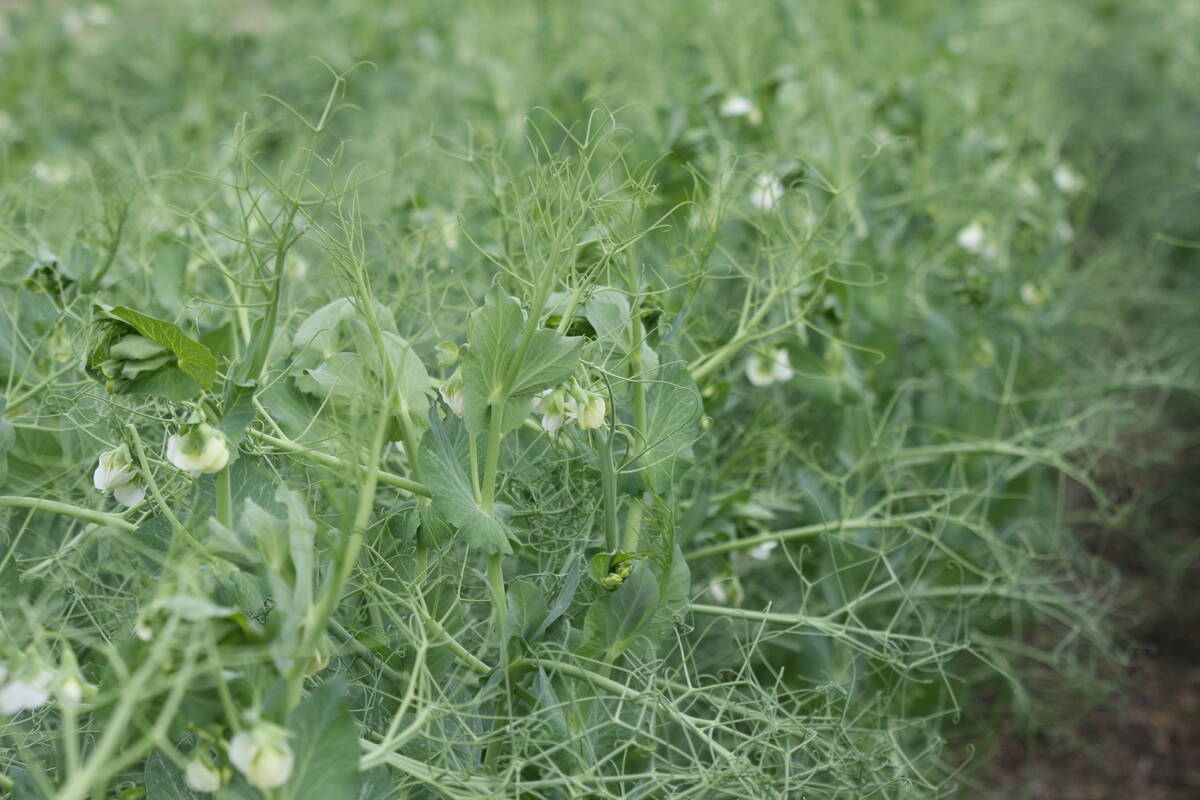It is disappointing to learn that Canadian grain shippers still have major concerns about railway service.
The shippers’ criticism might seem harsh considering that the railways had to recover from massive infrastructure damage from catastrophic flooding in British Columbia last fall.
But it is important to note these problems and others like them as the federal government undertakes a national infrastructure assessment, a process announced last year to determine the country’s infrastructure needs out to 2050.
The assessment has several core objectives:
- economic growth, job creation and competitiveness
- tackling climate change and resilience
- improving social inclusion and quality of life
Read Also

Russian pulse trouble reports denied
Russia’s pulse crop will be larger than last year, which won’t help prices rally from their doldrums.
The project is so broad I wonder how it could deliver results.
Because of that, I agree with a submission by the Canada West Foundation that priority should be on infrastructure that generates immediate revenue, arguing that trade infrastructure improvements will help pay for the rest.
An important part of the trade infrastructure sector is related to the grain industry and railroads.
The grain side of that, the Western Grain Elevator Association, recently complained that the railways performed poorly in meeting shipping orders in the first several months of this year.
The inability to get crops to west coast ports, even in a year when production was much reduced because of drought, caused grain companies millions of dollars in vessel demurrage fees and contract extensions, the WGEA said. There was also the damage done to the country’s reputation as a reliable supplier, said WGEA executive director Wade Sobkowich.
He said the problem points to a systemic issue that the Canadian Transportation Agency should investigate.
The railways counter that the issues were the result of several one-off problems:
- the roadbed washouts from the B.C. floods
- rail crew shortages because of Omicron COVID-19 illness
- an exceptionally cold winter that reduced the performance of rail equipment
The worldwide issue with shipping containers added to the problem as commodity shippers that had used containers switched to bulk movement where possible, putting unexpected demand on bulk rail that has finite resources.
The challenges that landed on the railway’s backs in the past 12 months were almost unprecedented and their efforts to respond to them must be recognized.
But we must also be aware that in a highly competitive world, buyers and sellers don’t want to hear about shipping challenges. They just want to deliver and receive their traded goods in a timely and efficient manner.
If they can’t get that from one place, they’ll go to a place that can.
Generally, even with our exceptionally long trade corridors, challenging weather and mountainous terrain, Canada performs well.
It’s frustrating when things go wrong, but we could also celebrate achievements.
Billions of dollars have been spent in recent years by shippers, railways and governments to improve performance.
Those investments have led to record results.
The Port of Vancouver has recently posted record handlings of container, grain and overall cargoes. Prince Rupert Port in northern B.C., posted record tonnage handlings in 2020 and in 2021 worked with partners including Canadian National Railway to create expedited service to Chicago and Toronto.
But we can’t rest on our laurels.
Carlo Dade, director of Canada West Foundation’s trade and investment centre, noted at a recent Canadian Construction Association conference that in international assessments established by the World Bank and by the World Economic Forum, Canada’s infrastructure rankings have fallen from the top 10 in 2008-09 to 26th place. In infrastructure related specifically to transportation, we’re at 32nd place.
To restore Canada’s competitiveness will require not only sustained government funding but also an environment of less bureaucracy and red tape that allows collaboration with the private sector to share risk and provide creative solutions.
All levels of government — federal, provincial and municipal as well as Indigenous governments — must work together to achieve progress.
As well, because there are many proposals that need funding, there must be a process to identify which projects receive priority and will deliver the biggest bang for the buck.
In Western Canada that means addressing key issues:
- There is a shortage of industrial port land at Vancouver that threatens to stop needed expansion of infrastructure.
- Prince Rupert Port recently expanded its container facility and has plans for another doubling of capacity. But its natural advantages, including being the closest North American port to Asia, must be better promoted to realize the full potential of this northern gateway.
- Infrastructure in key transportation corridors such as B.C.’s Fraser Valley and the Coquihalla Highway need to be redesigned and rebuilt for resiliency given the threat of increasing challenges from climate change.

















